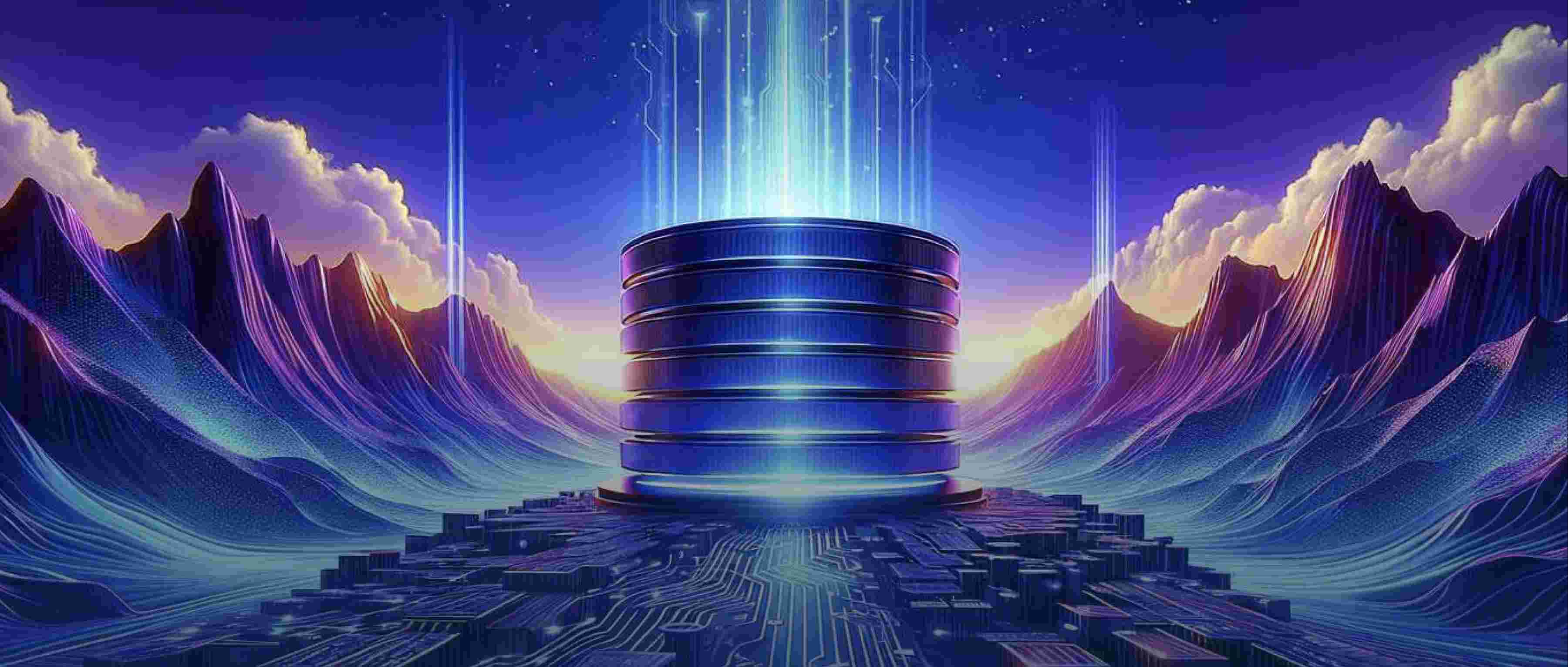Diffusion models have shown promising results in generating high-resolution images, often yielding impressive quality and detail. Unlike traditional generative models, which might rely on methods like adversarial training, diffusion models progressively refine random noise into a coherent image. This approach is particularly effective for high-resolution tasks because it allows for controlled generation, enabling the model to focus on adding intricate details as it iterates through the denoising process.
One key advantage of diffusion models is their ability to model complex pixel distributions accurately. They achieve this by breaking the image generation task into a series of smaller steps, each refining the image by reducing noise from random samples. For example, in a diffusion process, the model starts with a completely noisy image and gradually brings in more structure according to learned patterns from the training data. This step-wise refinement approach can create highly detailed images where aspects like textures and complex structures are more finely represented compared to other generative methods.
Recent implementations of diffusion models demonstrate their effectiveness in generating high-resolution images across various applications, such as artwork generation, realistic photo synthesis, and even super-resolution tasks. For instance, models like DALL-E 2 and Stable Diffusion utilize diffusion techniques to create visuals at resolutions like 1024x1024 pixels and beyond. These models manage to include a wide range of visual styles and intricate details, which not only enhances the aesthetic quality of the images but also allows them to be versatile in different creative tasks. Overall, diffusion models represent a robust approach to high-resolution image generation, combining quality and flexibility in their output.
